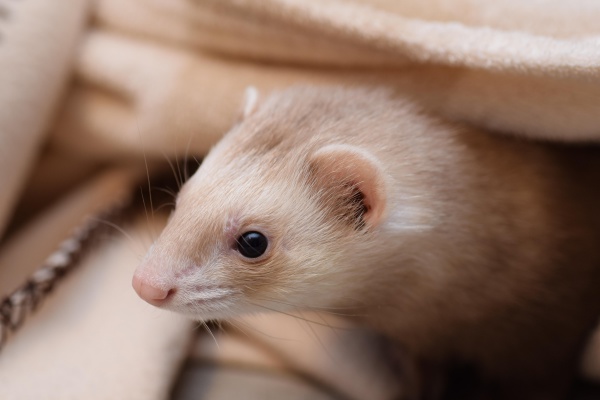Facts About Ferret
Ferrets, the domesticated relatives of the European polecat, are captivating small mammals that belong to the Mustelidae family, which also includes weasels. Their smooth fur can range in color from brown and black to white or a combination thereof, making them quite striking. Males are typically larger than females, further enhancing their distinctive charm.
These lively creatures have been companions to humans for over 2,500 years. Originally trained to hunt rabbits, ferrets are now cherished as pets.
As obligate carnivores, ferrets thrive on a meat-based diet, with teeth perfectly adapted for chewing and crushing food. The "weasel war dance" and "dooking" sounds they often make are simply expressions of their playful nature. Additionally, ferrets possess scent glands for marking territory and can release a strong odor from their anal glands when startled.
In terms of health, ferrets are susceptible to issues like cancers, viral diseases, and digestive problems. Their gestation period is approximately 42 days, and they can have 2 to 3 litters each year. In scientific research, ferrets are invaluable, especially in the study of human influenza. Historically, they were also used in hunting, a practice known as ferreting.
Depending on where you live, keeping a ferret might be subject to certain regulations. Some countries impose restrictions due to ecological concerns or the risk of hybridization with wild polecats. However, ferrets are not just pets; they also engage in activities such as ferret racing!
The exact history of ferret domestication is somewhat unclear, but they are believed to have descended from the European polecat. Ferrets exhibit a variety of colors and patterns, with albinos and sables being particularly popular.
If you plan to travel with your ferret, be aware that countries like Australia and Canada have strict import regulations. The European Union also enforces specific rules for traveling with ferrets between member states.
